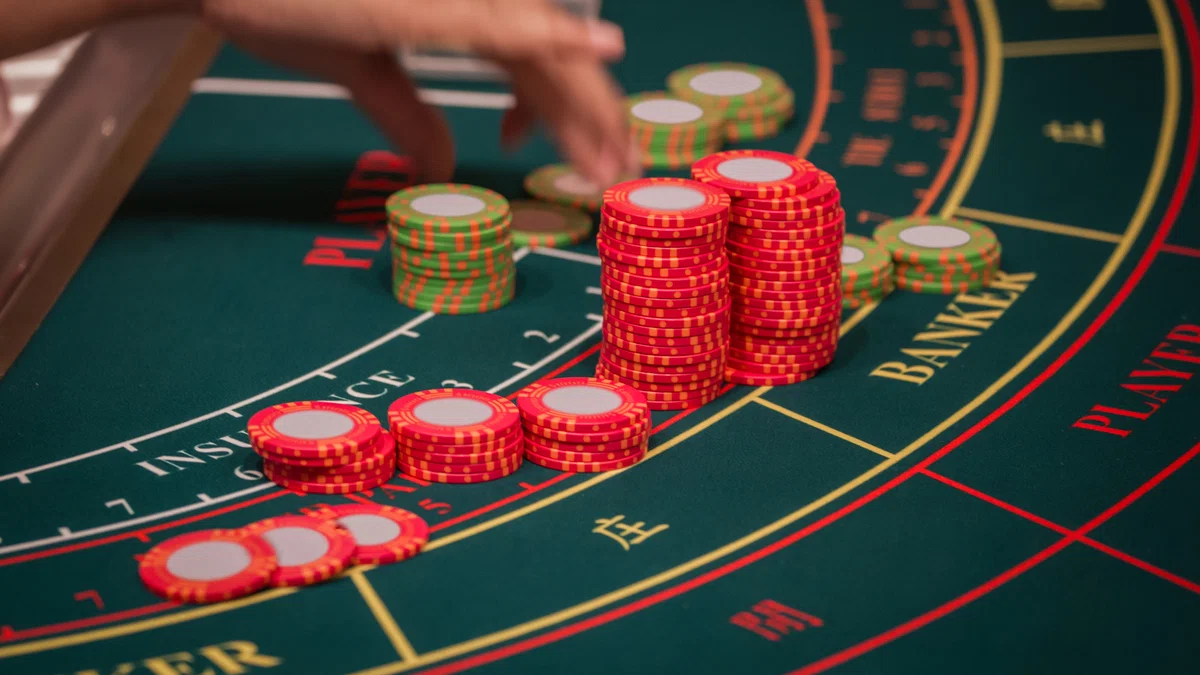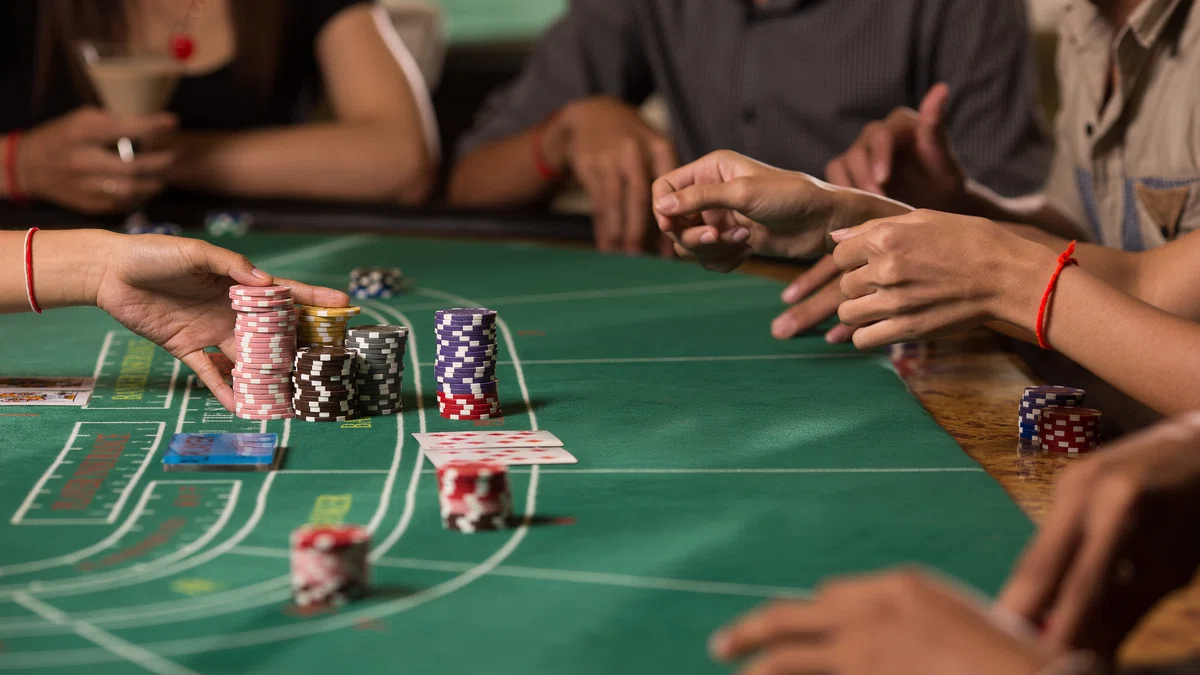Banker plays are often cited as the ones that really matter when playing baccarat, as in principle they offer higher chances of winning.
But is that always so? And how can you use them in your favor?
In this guide, you’ll be able to understand:
- What is a banker play?
- How do you actually play on the banker?
- If you should disregard the alternatives or not.
First of all, we need to talk about the 3 different sorts of play you can do in baccarat.
Understanding Different Play Types
There are three essential play types in baccarat:
- Player – Plays placed on the player’s hand.
- Banker Plays – Plays placed on the banker’s hand.
- Tie Plays – Plays placed on the player’s and banker’s hands ending in a draw.
The tie play is typically considered to be a poor choice in baccarat, with a house edge as high as 14.36%.
Two options remain: player and banker plays. Both baccarat strategies have their advantages, but more about them in a minute.
Related Posts:
What is the Banker Play Exactly?
To better understand the banker play, let’s take a look at how it works:
- Place a play of your chosen unit on the place on the table labeled “banker”
- Cards are dealt
- You win if the banker has the winning hand
As this play is a simple case of winning or losing, the baccarat banker odds are generally 1:1. In other words, if you place a play of 1 unit and win, you receive back 1 unit. If you place a play of 10 units, you’ll win 10 units back. For a play of 20 units, you’ll get 20 units on a win, and so on.

Why is the Banker Play the Best Choice?
If you’re wondering whether to place a play of baccarat player or banker, the key advantage is the house edge.
Banker plays have a lower house edge. In the decision between banker vs player baccarat, player plays have a house edge of 1.24%, whilst banker plays have a house edge of 1.06%. This is one of the best house edges across the board.
It could be argued that the difference is not that great and that luck will also play a role.
Why Does The Banker Have an Edge in Baccarat?
This is pretty complex to answer. But, put simply, it is because of the drawing rules. The banker gets to draw their cards last, which allows them to make more informed decisions on their moves.
Related Posts:
When to Choose Alternatives
Player or banker baccarat plays are both attractive options, with house edges of 1.24% and 1.06%.
Yes, banker plays might have a lower house edge, but bear in mind that in land casinos there is a commission over wins coming from these plays more on that below.
In the end, the decision between player or banker plays is simply a matter of personal preference.
As for the tie play, since it has an edge of over 14%, it should generally be avoided as an alternative.
Things to Take into Account
The key thing to keep in mind when opting for banker plays is that, as the house edge is so attractive to players, many games and casinos apply a percentage commission. The most common commission on winning banker plays is around 5%.
This is illustrated for your ease in the following table:
| Play Value | Return | Return With 5% Commission (Rounded) |
| 1 GC | 1 GC | 0.95 GC |
| 10 GC | 10 GC | 9.5 GC |
| 20 GC | 20 GC | 19 GC |
| 30 GC | 30 GC | 28.5 GC |
| 40 GC | 40 GC | 38 GC |
With this in mind, it is important to check the rules of each specific game and platform before placing any plays.
Try Out Banker Plays
With this knowledge in mind, test out banker baccarat plays at McLuck to see if they work for you. If you feel like playing something else, just explore our vast catalog of social casino games.

